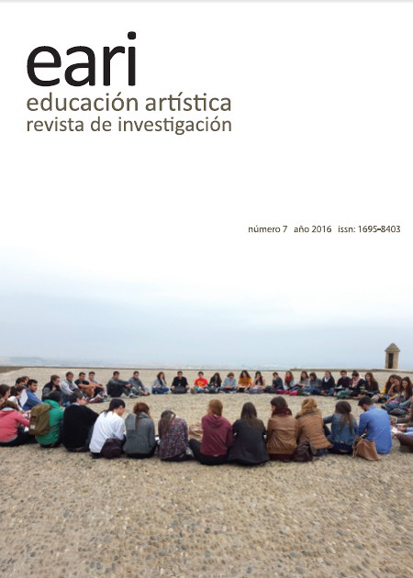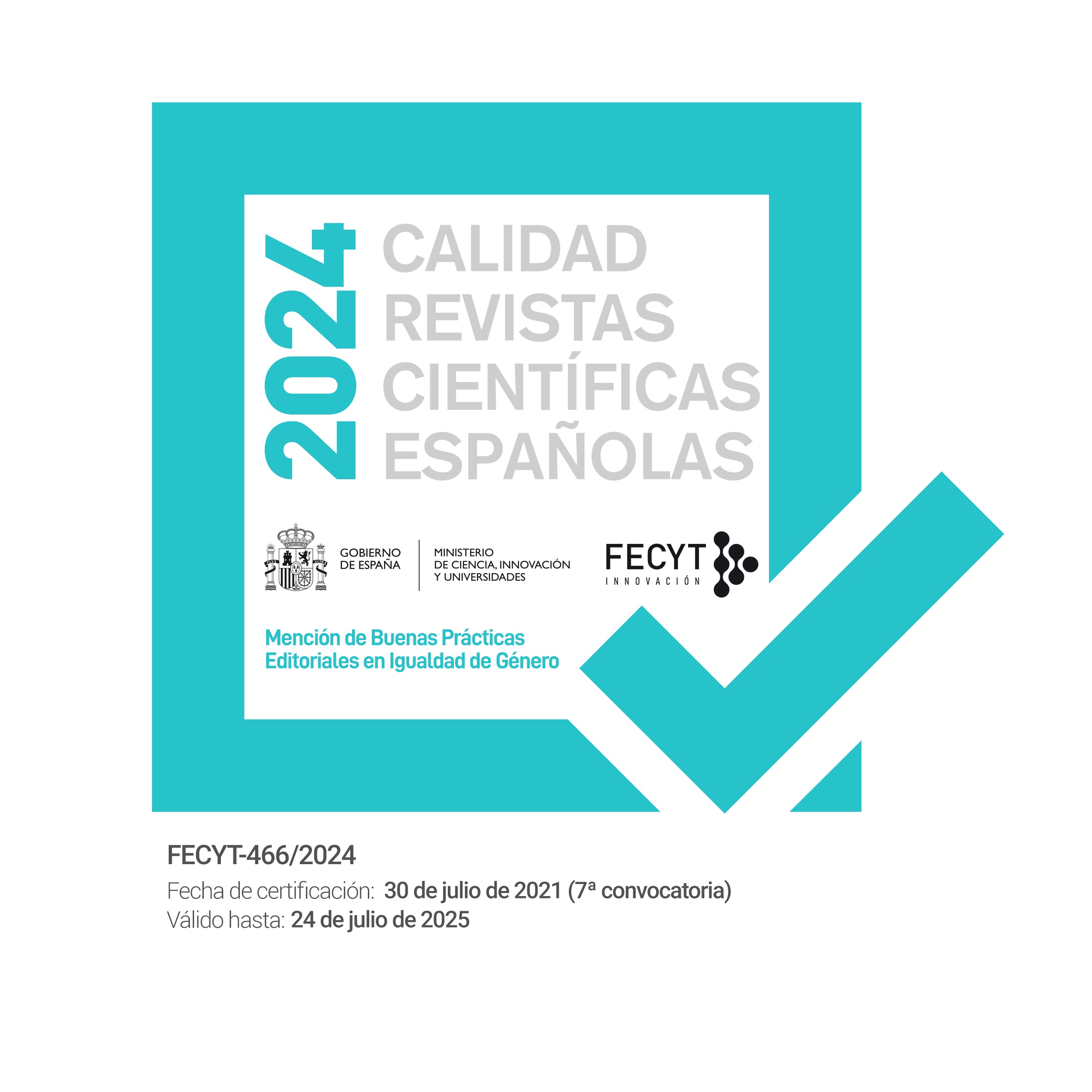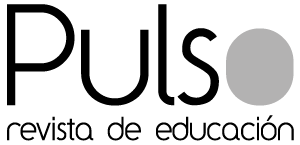Los bienes culturales como patrimonio educativo
DOI:
https://doi.org/10.7203/eari.7.8158 Resumen
Resumen
Resumen: El patrimonio y los lugares que lo acogen, conservan, y exponen (entendiendo el museo como una referencia particular), se convierten progresivamente en espacios que revisten un papel estratégico, sobre todo en términos formativos. Se trata de una función formativa que se ha construido y se sigue definiendo con la historia de los museos y la individuación de los diferentes sentidos del bien objeto. El museo, considerado como el escenario final para la transmisión y comunicación del conocimiento, se convierte en un modelo cultural de aprendizaje, un lugar privilegiado para la investigación, en el que el visitante, en primer lugar, utiliza el ojo como una herramienta sensorial e intelectual para descubrir los "signos" de los mensajes; y más tarde, para interpretar y revisar el contenido del bien cultural.
Palabras clave: Educación Artística, Educación en Museos, Patrimonio, Historia.
Abstract: More and more Heritage and the places that host, treasure and exhibit it, - with a specific reference to museums - play a crucial role, above all in the educational sphere. A function indeed that has been developing and defining along with the history of museums and the identification of the various meanings of the “asset”. The museum, that has always considered the ideal place where knowledge is be queathed, becomes a cultural model for learning and a privileged context for research. As a matter, this is where we taught to use sight both as a sensory and intellectual tool and to discover the signs of messages as well as to understand and process heritage contents.
Keywords:Arts Education, Museum Education, Heritage, History.
http://dx.doi.org/10.7203/eari.7.8158
 Descargas
Descargas
 Citas
Citas
Anceschi, G. (1992). L’oggetto della raffigurazione. Milano: Etas Libri.
Bodo, S. (2003). Il museo relazionale. Riflessioni ed esperienze europee. Torino: Fondazione Giovanni Agnelli.
Bortolotti, A., Calidoni, M., Mascheroni, S., Mattozzi, I. (2008). Per l’educazione al patrimonio culturale: 22 tesi. Milano: Franco Angeli.
Daverio, P. (2011). Il museo immaginato. Milano: Rizzoli.
Dewey, J. (1990). Arte come natura. Milano: Mursia.
Freinet ,C. (1969). Le mie tecniche. Firenze: Nuova Italia.
Gabrielli, C. (2001). Apprendere con il museo. Milano:Franco Angeli.
Huerta, R. (2010). Maestros y museos. Educar desde la invisibilidad. València: PUV.
Huerta, R. (2015). La ciudad y sus docentes. Miradas desde el arte y la educación. Barcelona: UOC.
Lacan, J. (1966). Écrits. París: Seuil.
MacGregor, N. (2012). La storia del mondo in 100 oggetti. Milano: Adelphi.
Malraux, A. (1951). Il museo dei musei. París: Gallimard.
Panciroli, C. (2013). La formazione nello sviluppo professionale degli insegnanti, en M. Manini y L. Balduzzi, Professionalità e servizi per l’infanzia. Roma: Carrocci.
Urbani, G. (2000). Proposte per una riforma della legge e degli organi di tutela, en B. Zanardi Intorno al restauro. Milano: Skira.
Descargas
Publicado
Cómo citar
-
Resumen1947
-
PDF1503
Número
Sección
Licencia
![]()
Educación artística: revista de investigación (EARI) conserva los derechos patrimoniales (copyright) de las obras publicadas, y favorece y permite la reutilización de las mismas bajo la licencia Creative Commons Reconocimiento-Uso No Comercial 4.0 International (CC-BY-NC 4.0), que permite a terceros el uso de lo publicado siempre que se mencione la autoría de la obra y la fuente de la obra (revista, editorial y URL) y se haga uso sin fines comerciales.
A los autores se les anima a difundir su trabajo después de publicado, a través de internet (por ejemplo, en archivos institucionales en línea o en su página web) lo que puede generar intercambios interesantes y aumentar las citas del trabajo.









